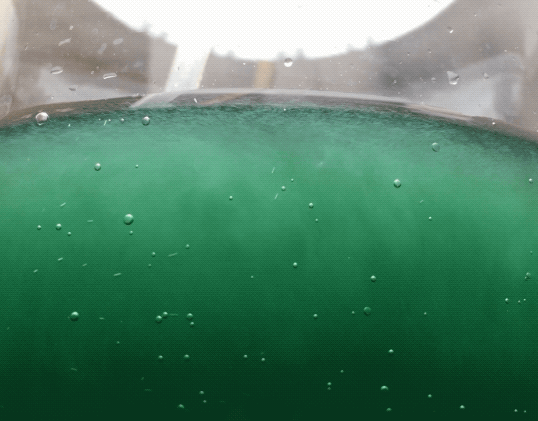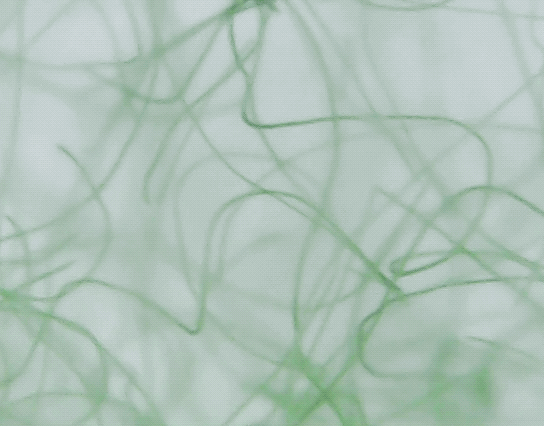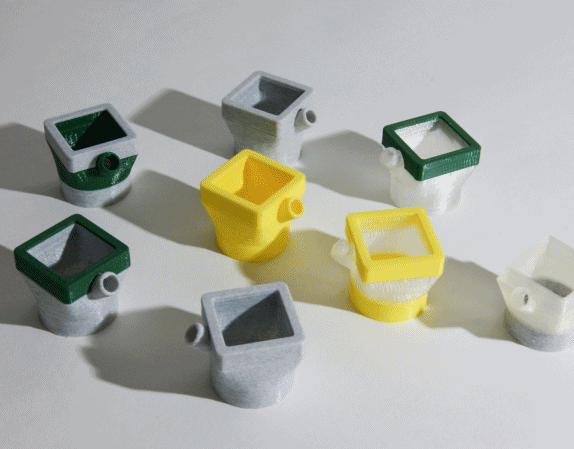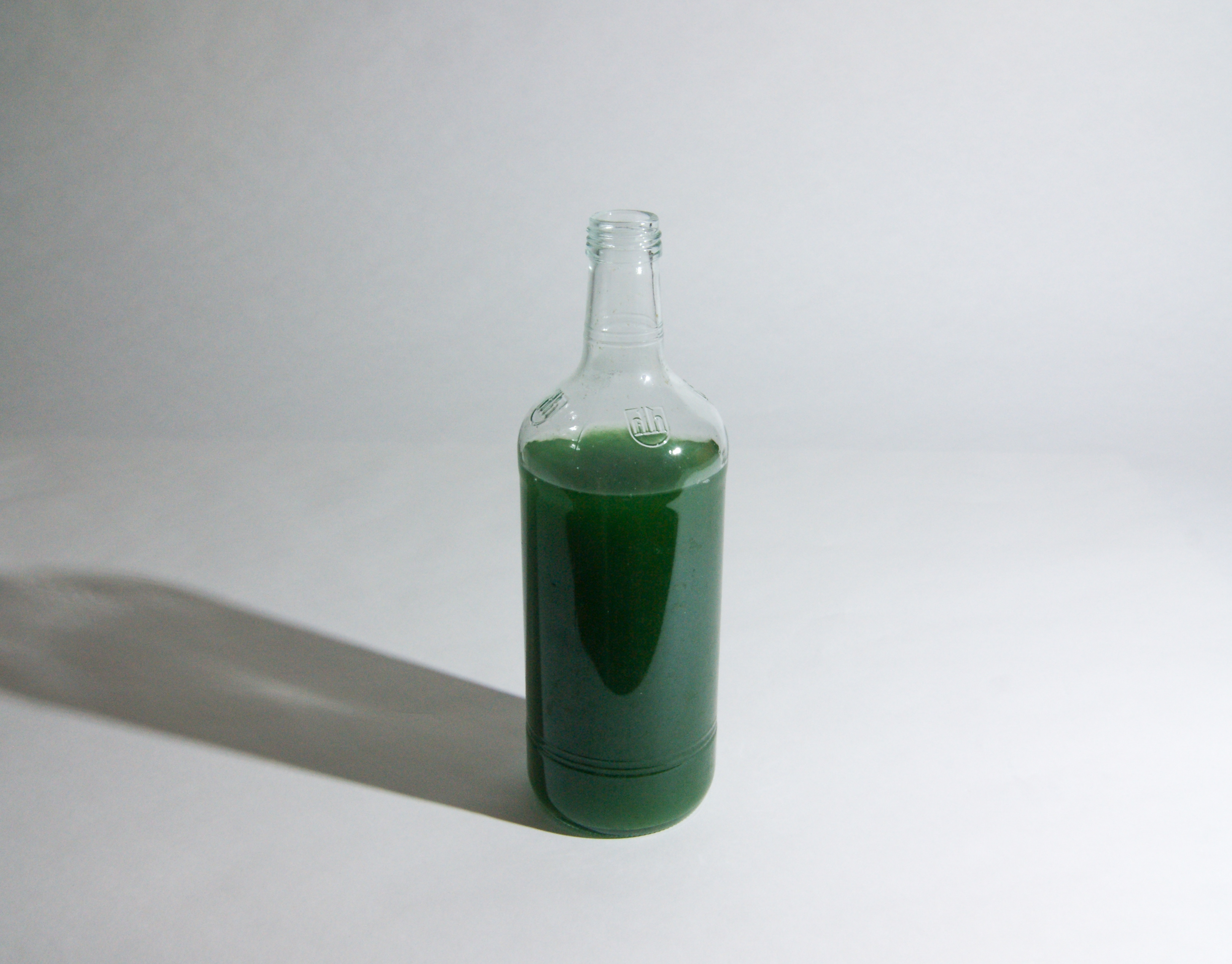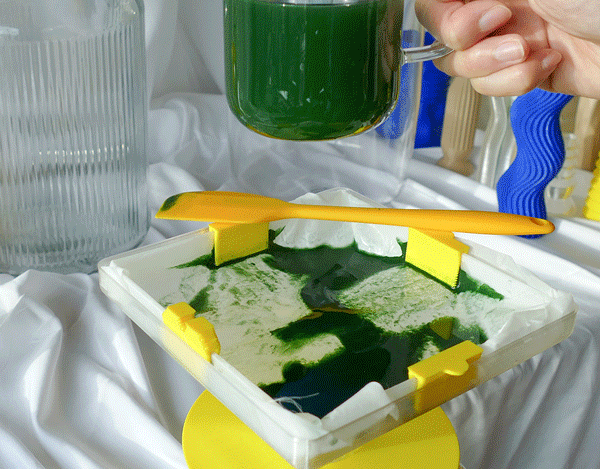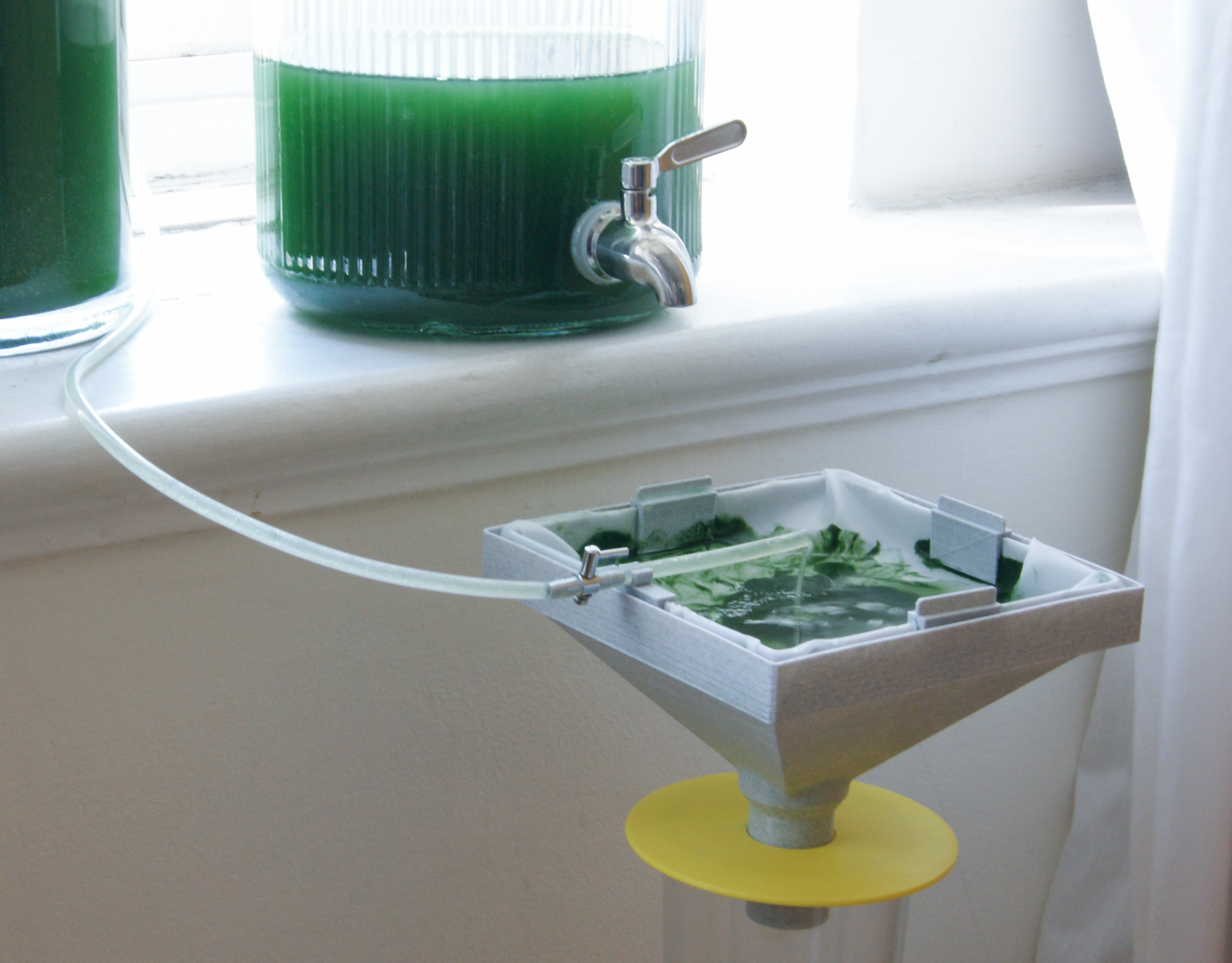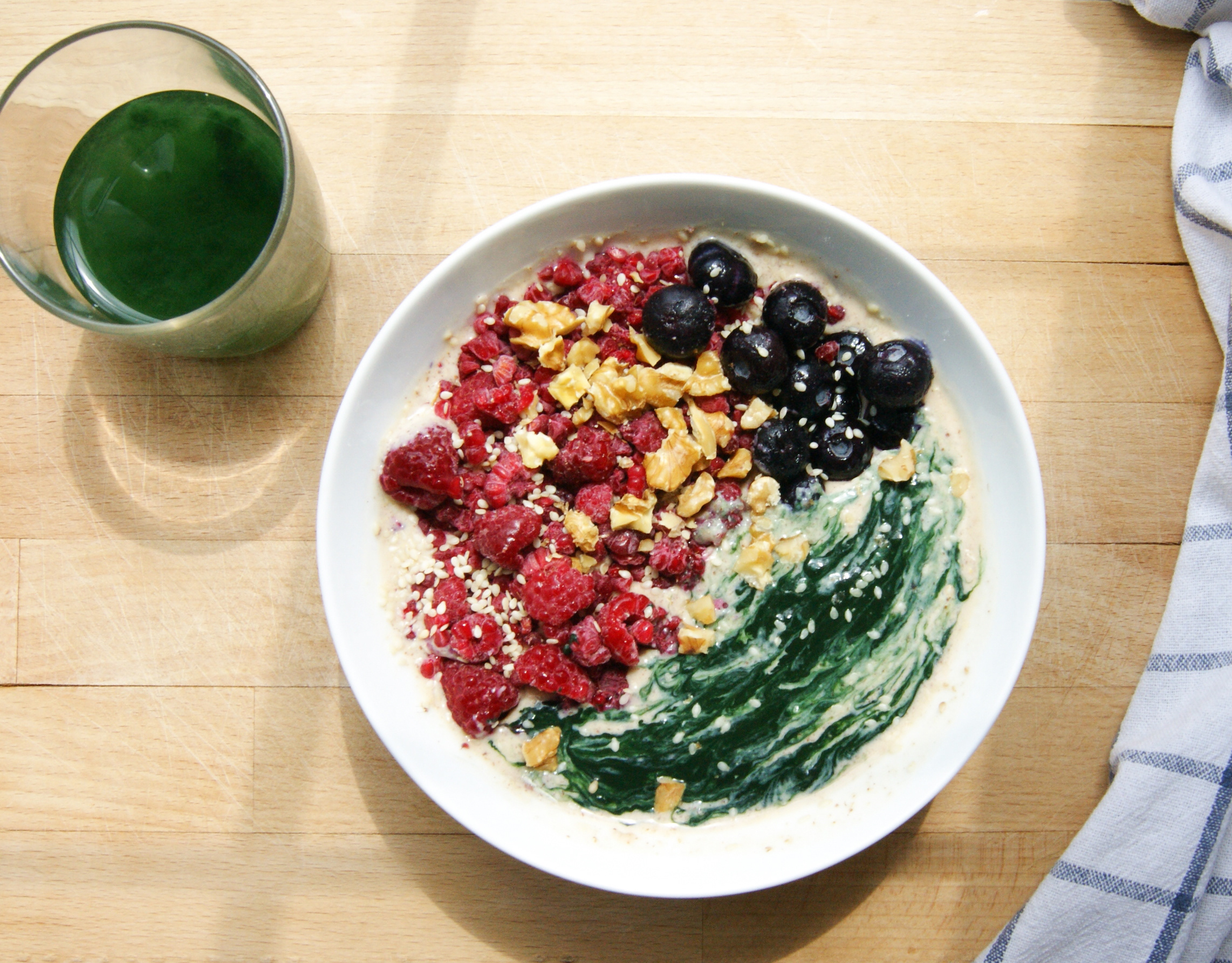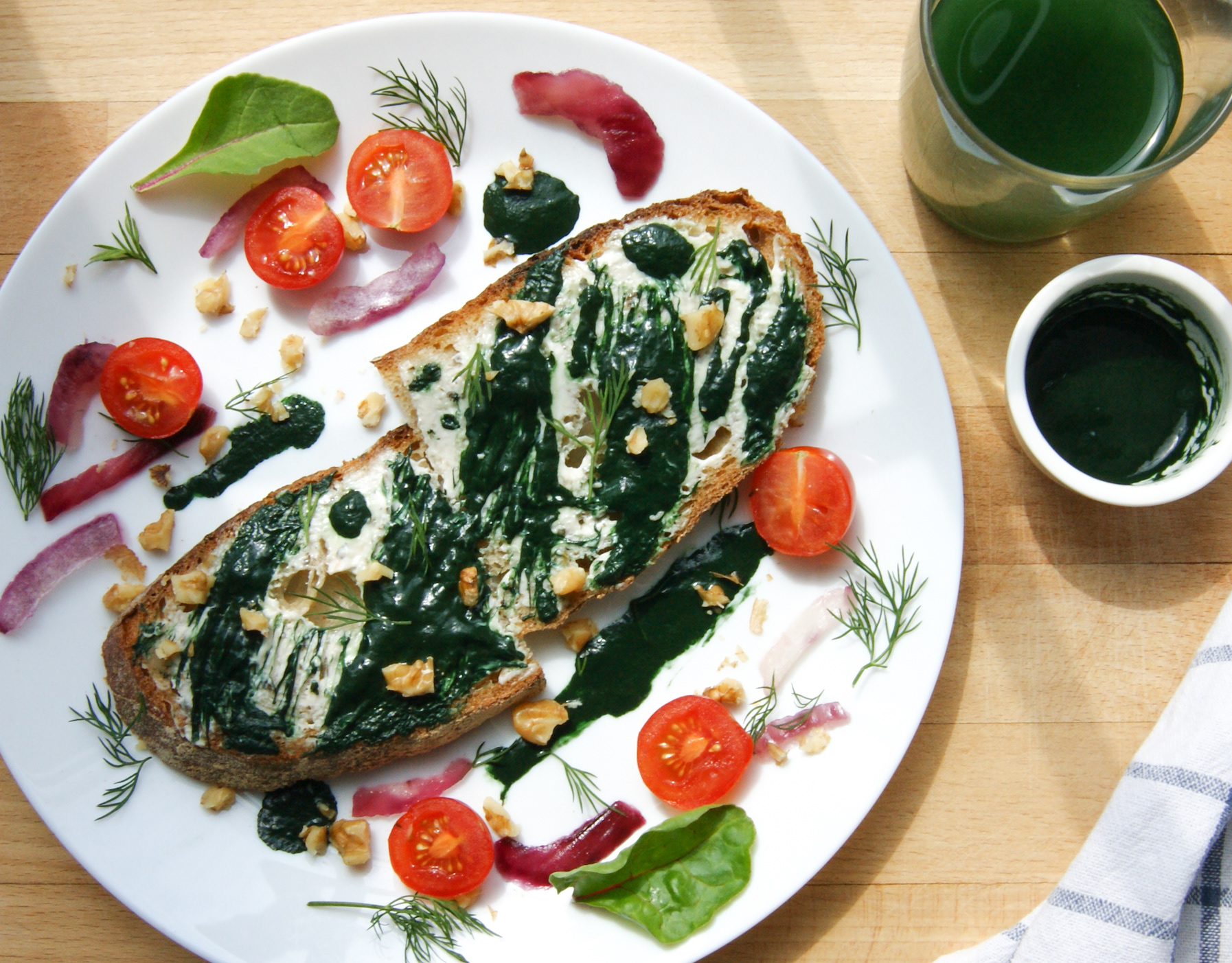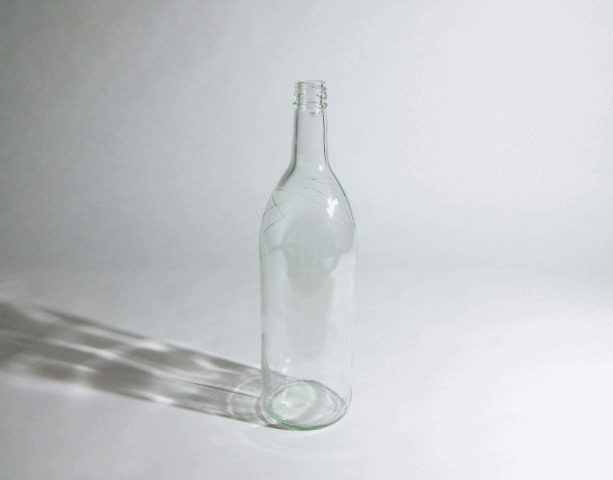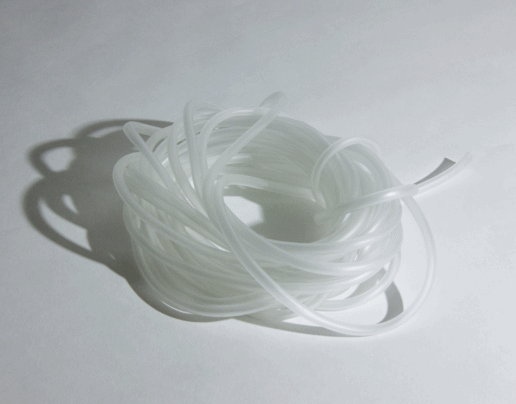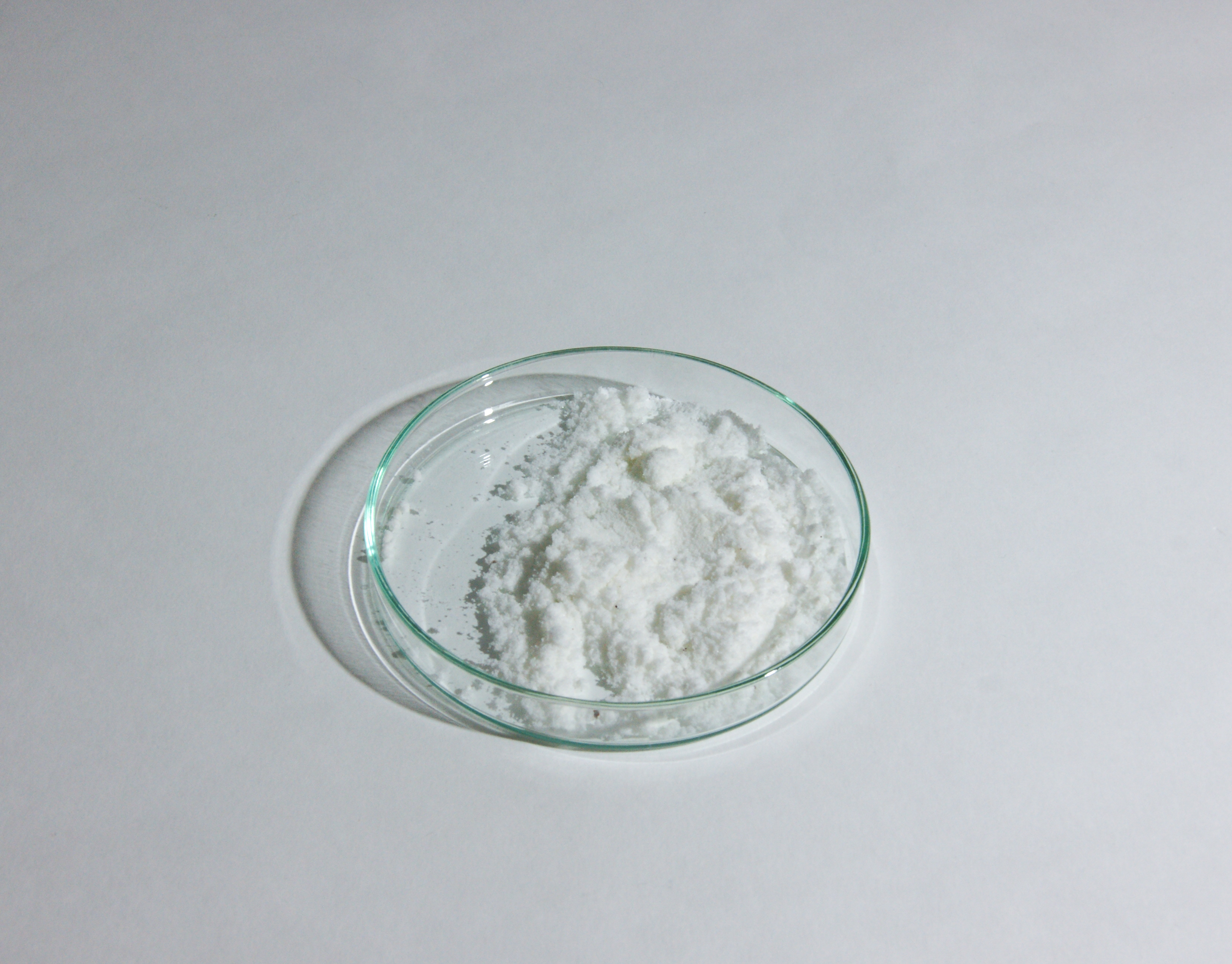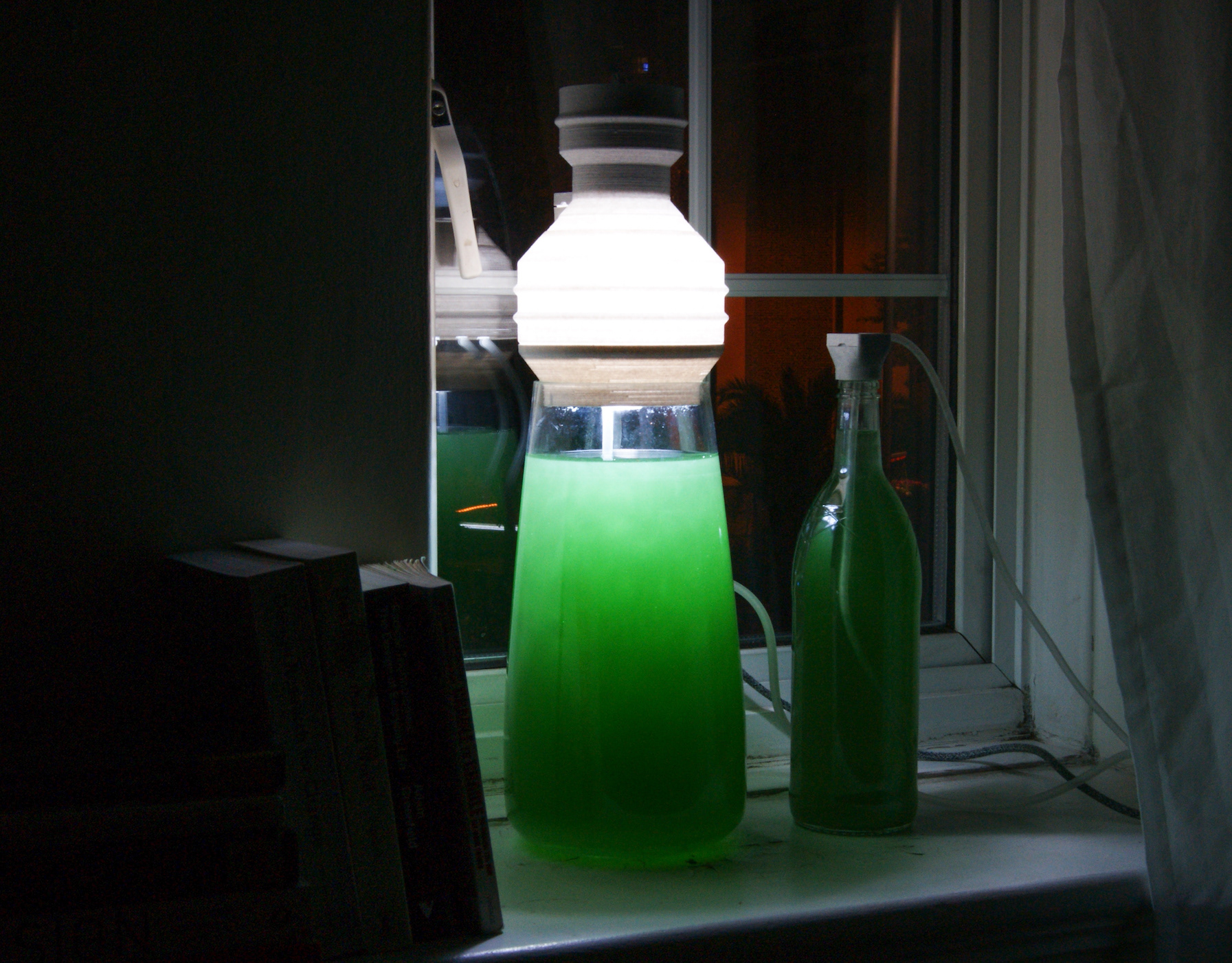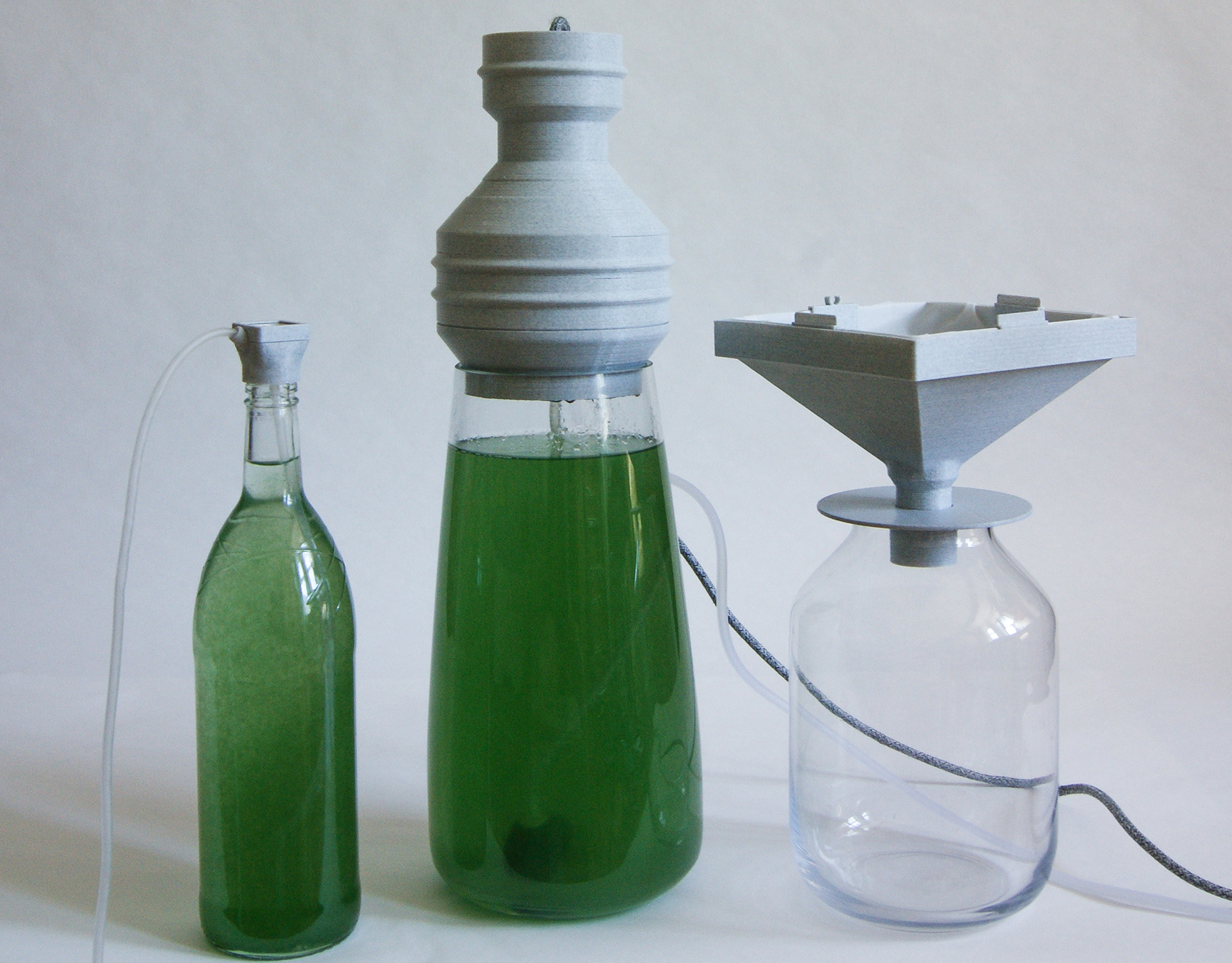2 How to Find a Spot
If you put the vessels near a window, you’ll get an adequate amount of light from the sun during the day. At night or on cloudy days (especially here in London and in the Winter) - you can use artificial light to continue/enhance the photosynthesis process.
2.1 Examine Your Domestic Spaces
The most important thing is to seek a spot that allows the maximum sunlight exposure.
• South-facing windows are ideal → the strongest rays from the sun flow through the windows from late morning to mid afternoon; it provides optimum levels of light for photosynthesis.
[source: Our House Plants]
• No south-facing window? Any window will do! → while not ideal, you still get to use sunlight, which is free and eco-friendly. When direct light is gone, you can turn on your artificial lights.
• Now check your windowsill → be sure that the windowsill is wide enough for your widest container. You may need a shelf if it is too narrow.
This is an example of what NOT to do. This ledge is too narrow, and therefore, risky.
Though this is fine for the backup container.
2.2 Consider the Risks!
• Safety First!, → don't put the vessels in heavy traffic areas—they are easy to tip!
• Easy access → If you store them up high, make sure that you're able to reach for the top without stretching too far above your head. As you will find out in the next step of what do you need to source; a lamp holder, airline tubing, and air pump are on the list. So you can imagine the cable+tube as part of the cultivation system (see above).
• Cables and cords → keep the cables tidy/away from the floor and walkways. If you trip over a cable, it’s all coming down, which puts you at risk of cuts, electrical shock, and other injuries. Use gaffer’s tape to secure cables in place if needed.
• Keep electrical cables away from water, and use care when harvesting or pouring. → more than 1.5 metres away from the vessel, approximately.
2.3 Don't have a good spot? Make one!
No windowsill or it's too narrow? No problem!
• Consider investing in a side/console/tray table or small desk and place it near the window.
No appropriate space near any windows?
• In this case, Spirulina Society's lid is fundamental. You can use an LED bulb as the main light source.
2.4 Think of the Colours and Opacity of the Material (PLA Filaments)
• Clear/Transparent lid → artificial light is effective but if you have to rely on it most of the time, you may need to be strategic so you don’t use too much power. Consider replacing your daily use lamp with your Spirulina vessel. It is just as bright as a regular lamp, but much more productive!
• Neutral lid → Creates an ambient effect with the colour temperature of the chosen LED bulb.
• Bright Colours lid → Creates an ambient effect with the colour of the PLA filament mixing with the colour temperature of the chosen LED bulb. (see above for an example of a bright yellow filament)
• Dark lid → Little light goes through, barely illuminates; suitable for those who rarely use the bulb (fortunate to have direct sunlight all year round) or those who do not want the ambient effect.
Message from the Creator
To give you the idea, I have 3 tall vessels (60cm, 50cm, 45cm) and I put them on a desk (72cm height) which was repositioned to be near the south-facing window in a corner of my bedroom. I'm 164cm tall so I have no problem reaching the highest one, the top of the vessel should be a bit less than your height (10cm minimum) — regarding the act of pouring that occurs frequently.
So if I want to put the 60cm one on a higher surface, like my windowsill, I might have to consider using a shorter vessel instead.
For the backup culture, I put it on a windowsill but sometimes I put it on my working desk where I normally turn on my lamp when there's no sunlight. So my culture can also benefit from the regular light.


